Buy this landscape artwork Magnificent grain field in the Oderspree district by Silva Wischeropp on canvas, ArtFrame, poster and wallpaper, printed on demand in high quality.
About "Magnificent grain field in the Oderspree district"
by Silva Wischeropp
About the artwork
This photographic landscape was taken in late spring on 10 June 2017 in the midday hours with the Nikon. The image motif was taken in the Oder-Spree district in the Brandenburg region.
Germany is a grain country, so a nationwide supply can be provided on short transport routes: Farmers use more than half of the arable land to grow the various types of grain. The most important crop is common wheat. It grows on almost three million hectares - and thus on almost 50 percent of the cereal land. Durum wheat for pasta production plays only a minor role in German grain fields. This also applies to the wheat varieties spelt, einkorn and emmer, which are only of regional importance in agriculture. Rye - the other important bread cereal - is grown on just under ten percent of the cereal land. Barley, which is primarily used as animal feed and for brewing beer, is also agriculturally important with about 25 percent of the cultivated area. Grain maize, triticale (a cross between wheat and rye) and oats are grown on the remaining cereal fields.
The quantities and qualities of German bread grain are generally so good that the mills can almost completely cover themselves with raw materials from domestic fields. The import quota is less than five per cent on average over many years. Wheat is mainly grown in the eastern federal states and in the two largest federal states in terms of area, Bavaria and Lower Saxony.
The traditional leaders in rye cultivation are Brandenburg and Lower Saxony, where the climate and soils offer particularly good conditions for this type of grain.

About Silva Wischeropp
"For me, photography feels like really capturing the moment - like a kind of alchemy where time is physically captured."
Silva Wischeropp was born in the Hanseatic city of Wismar in the former GDR. Today she lives and works in Berlin. As a passionate travel..
Read more…
 Netherlands
Netherlands Ordered in April 2020
Ordered in April 2020
 Germany
Germany Ordered in September 2020
Ordered in September 2020
 Germany
Germany Ordered in December 2019
Ordered in December 2019
 Netherlands
Netherlands Ordered in August 2019
Ordered in August 2019
 Germany
Germany Ordered in September 2022
Ordered in September 2022
 Germany
Germany Ordered in January 2020
Ordered in January 2020
 Netherlands
Netherlands Ordered in October 2021
Ordered in October 2021
 Germany
Germany Ordered in February 2023
Ordered in February 2023
 Germany
Germany Ordered in December 2024
Ordered in December 2024
 Germany
Germany Ordered in April 2024
Ordered in April 2024
 Germany
Germany Ordered in May 2020
Ordered in May 2020
 Germany
Germany Ordered in February 2024
Ordered in February 2024
About the material
Wallpaper
Make a statement with art on wallpaper
- Razor-sharp prints
- Easy to apply
- Big sizes possible
- Strong quality
Discover the artworks of Silva Wischeropp
 Underground station of the U2 line - special train to PankowSilva Wischeropp
Underground station of the U2 line - special train to PankowSilva Wischeropp Berlin underground station Eberswalder Strasse of line U2Silva Wischeropp
Berlin underground station Eberswalder Strasse of line U2Silva Wischeropp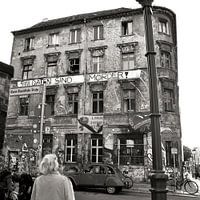 Old, squatted house in the Scheunenviertel district of Berlin-MitteSilva Wischeropp
Old, squatted house in the Scheunenviertel district of Berlin-MitteSilva Wischeropp BODE-MUSEUM on the Museum Island (Berlin)Silva Wischeropp
BODE-MUSEUM on the Museum Island (Berlin)Silva Wischeropp The Trevi Fountain - Fontana di TREVI in RomeSilva Wischeropp
The Trevi Fountain - Fontana di TREVI in RomeSilva Wischeropp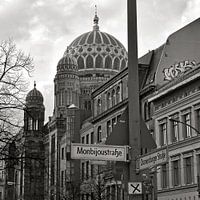 New Synagogue (Berlin) in the Mitte districtSilva Wischeropp
New Synagogue (Berlin) in the Mitte districtSilva Wischeropp Sculpture of an angel in the St. Elisabeth cemeterySilva Wischeropp
Sculpture of an angel in the St. Elisabeth cemeterySilva Wischeropp When music touches the skySilva Wischeropp
When music touches the skySilva Wischeropp Mysterious, Sicilian facadeSilva Wischeropp
Mysterious, Sicilian facadeSilva Wischeropp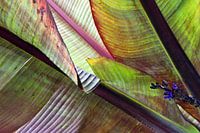 Banana leaves in the warm autumn lightSilva Wischeropp
Banana leaves in the warm autumn lightSilva Wischeropp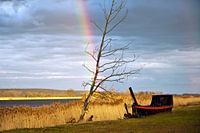 Magical rainbow at the OderbruchSilva Wischeropp
Magical rainbow at the OderbruchSilva Wischeropp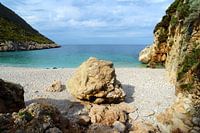 Magic Sicilian Sea SoundSilva Wischeropp
Magic Sicilian Sea SoundSilva Wischeropp Popular underground station on the U2 line on Eberswalde StrasseSilva Wischeropp
Popular underground station on the U2 line on Eberswalde StrasseSilva Wischeropp Once upon a time in Taormina on the island of SicilySilva Wischeropp
Once upon a time in Taormina on the island of SicilySilva Wischeropp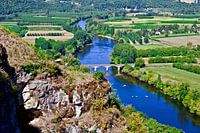 Fantastic view of the Dordogne valley from the Bastide DommeSilva Wischeropp
Fantastic view of the Dordogne valley from the Bastide DommeSilva Wischeropp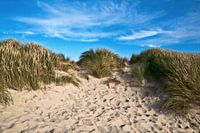 Imaginative sand dunes at Henne Strand in JutlandSilva Wischeropp
Imaginative sand dunes at Henne Strand in JutlandSilva Wischeropp Women bathing on the beach at Nha Trang in VietnamSilva Wischeropp
Women bathing on the beach at Nha Trang in VietnamSilva Wischeropp Night panorama with the Bridge of Angels and St Peter's Basilica in RomeSilva Wischeropp
Night panorama with the Bridge of Angels and St Peter's Basilica in RomeSilva Wischeropp Paradise Isola Bella on the east coast of SicilySilva Wischeropp
Paradise Isola Bella on the east coast of SicilySilva Wischeropp Turquoise blue tracks on the dune on the Baltic Sea beachSilva Wischeropp
Turquoise blue tracks on the dune on the Baltic Sea beachSilva Wischeropp


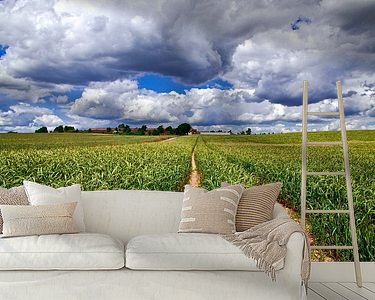


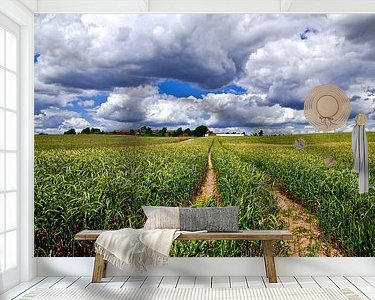

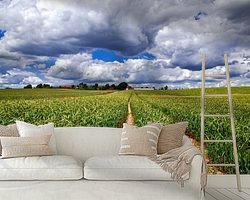

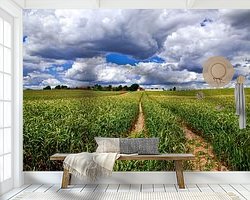
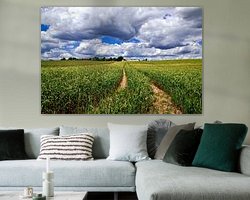


 Farm
Farm Germany
Germany Landscapes
Landscapes Meadow
Meadow Nature and weather
Nature and weather Photo wallpaper
Photo wallpaper Photography
Photography Serene Peace
Serene Peace Spring
Spring









